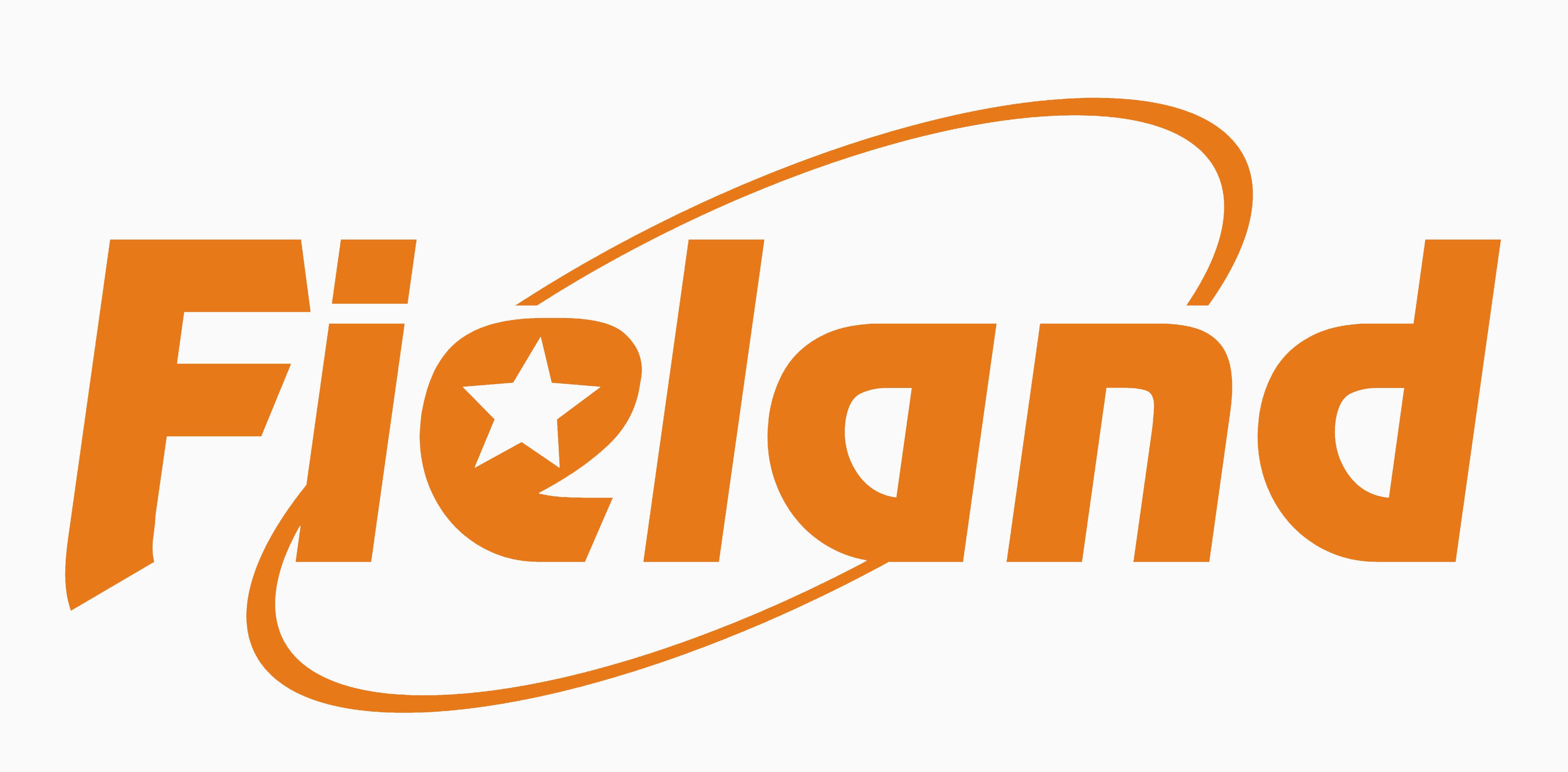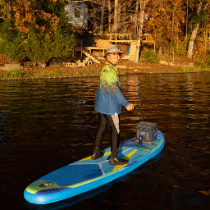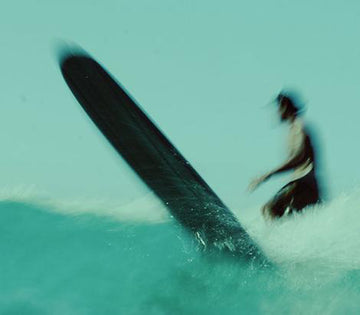Do you know all the 6 types of SUP paddle boards?
SUP is a stand-up paddle board, which is a very popular sport. Participants can range from children in two or three years to elderly people in their 70s and 80s, and even your pet dog. Water skiing is a good project for relaxing and entertaining on the water. You can enjoy surfing in the sea and cruising in tranquil lakes and rivers with the least equipment.
But different people need different paddle boards. The following is an introduction to the 6 common types of sup paddles.
-
All round board all round
All-round board is the most popular and most versatile SUP type, mainly for cruises in lakes or calm ocean bays. The all-round paddle board is very stable, suitable for beginners and children. Depending on the size and shape, they can sometimes be used for yoga, fishing, or even for small waves.
The all-rounder is usually about 10'-12'6" long and 30"-34" wide, with a round head.
-
Flatwater/touring
These boards are designed for long-distance rowing, and are usually longer and stable than all-round boards. The longer length makes this type of paddle board easier to paddle. It is very suitable for multi-day paddle boarding and long-distance travel.
The large size and faster glide speed make the cruise board an ideal choice for people with overweight. The board is wide, with large volume and displacement, which can allow the board to carry more items necessary for long-distance travel, such as drinking water, food, clothing, etc.
Travel boards are usually 11'-14' long and 28''-32'' wide. Due to the width, floatability and stability of these boards, they are very useful for beginners.
-
Racing board racing
Compared with all-around boards, racing boards are usually longer, narrower and have pointed heads, and some also have a drainage hull to cut the water more effectively and make riding faster.
Because racing boards are very narrow, they are not very stable, but they glide in water better than other paddle boards.
The paddle board competition is divided into two categories: the short distance competition length is 12'6'' and below, the long distance competition length is 14', and the average width: width 24''-27''
-
Fishing board fishing
Fishing boards are specially designed for fishing, so stability is most needed, so they are often wide boards. In this way, there must be a trade-off between width and speed.
The professional fishing board has a large space for placing fishing gear, and should also be equipped with fishing gear accessories and fixing devices. A typical fishing paddle board is 11'-12' long and 32'-34' wide.
-
Yoga board yoga
Any paddle board with a large and stable board can be used for yoga, but some boards are specifically designed for yoga. The yoga board is wide and stable, and it is also very suitable for families, suitable for cruising, and bring children or pets.
A typical yoga paddle board has a width of 10'6, a width of 33', and a round head.
-
Surf
Paddle boards come in various shapes and sizes to suit the ability and weight of the rider. The smaller the surfboard, the more flexible the surfing, but the more unstable it is, so it is more difficult for beginners. In order to make it easier to catch the waves, many experienced ronins start to surf with paddleboards, especially when the waves are weak and it is difficult to catch the waves with the surfboard. By standing on the board, you can also get a better understanding of the upcoming crash point, so you can choose the best wave.
The average length of a typical surfboard is 7'-10'5' and the average width is 27''-32''.
-
White water
The white water board is a short and wide board. The best white water board should have both durability and flexibility. This is a highly dangerous sport and requires paddle board experience and professional safety equipment.
These boards are very wide and can double as yoga paddle boards. Generally, they need to be very stable to ride white water. At the same time, they need to be responsive enough to avoid rocks and reefs.
The average length of a typical white water board is less than 10', and the average width is 30"-35".










